bRitzCrackers
Greenie Member
Maybe its a non-issue, but arent you concerned running those dump tubes through your cowl being so close to your windshield glass with the heat? Or maybe its further away than it looks?
Follow along with the video below to see how to install our site as a web app on your home screen.
Note: This feature may not be available in some browsers.
Maybe its a non-issue, but arent you concerned running those dump tubes through your cowl being so close to your windshield glass with the heat? Or maybe its further away than it looks?
That has crossed my mind. I'll be wrapping the inside of the cowl with head reflective tape and the tubes will be wrapped in header wrap. If that's not enough I'll have the tubes tweaked to sit further away. I think I'll have issues melting the plastic above them before the windshield gets damaged.
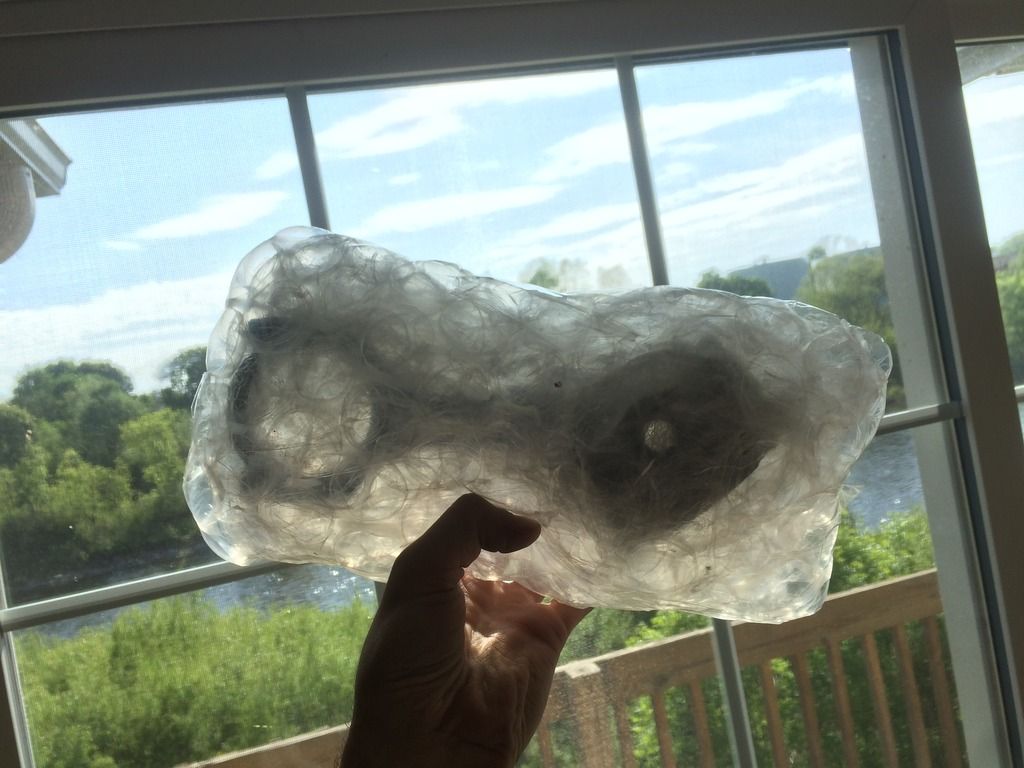
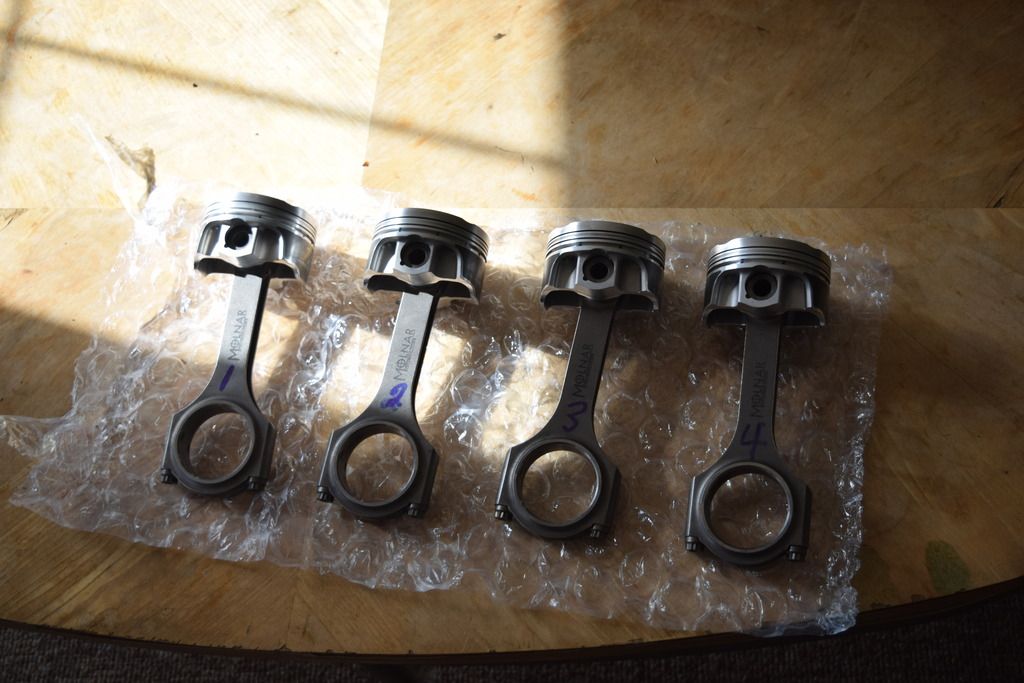
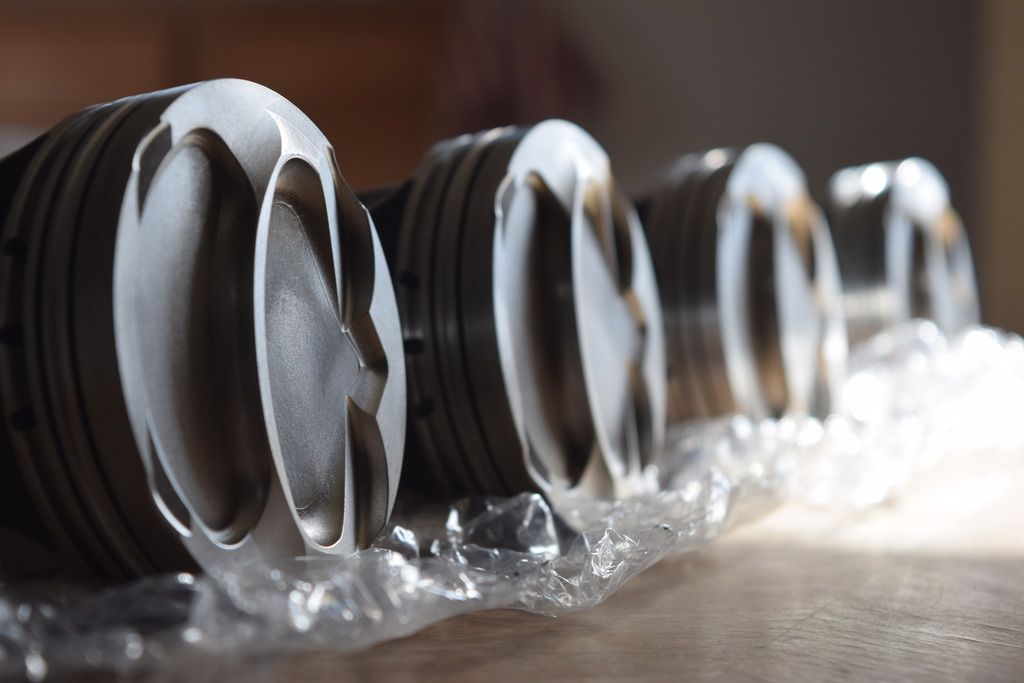
You'd think ridges like those on the domes would create hotspots, but I'm sure the piston engineers know way more about this than me... Anyways, I'm jelly.
Yeah, I noticed that about our heads. Maybe they smooth out iron heads more? (If they're still widely used anyways, LOL)The spark plug is much more likely to become a hot spot than any ridges on a piston face design. Simply for the reason that the burn is always hottest at the spark plug since it is initiated there. Not only that but spark plugs are ferrous and therefore do not expel heat as fast as Al does. Take a look at our combustion chamber too, the very sharp ridge between the exhaust valves is much more likely to have a hotspot than the piston. I am not worried, these have already been taken to 700whp without issue
Yeah, I noticed that about our heads. Maybe they smooth out iron heads more? (If they're still widely used anyways, LOL)
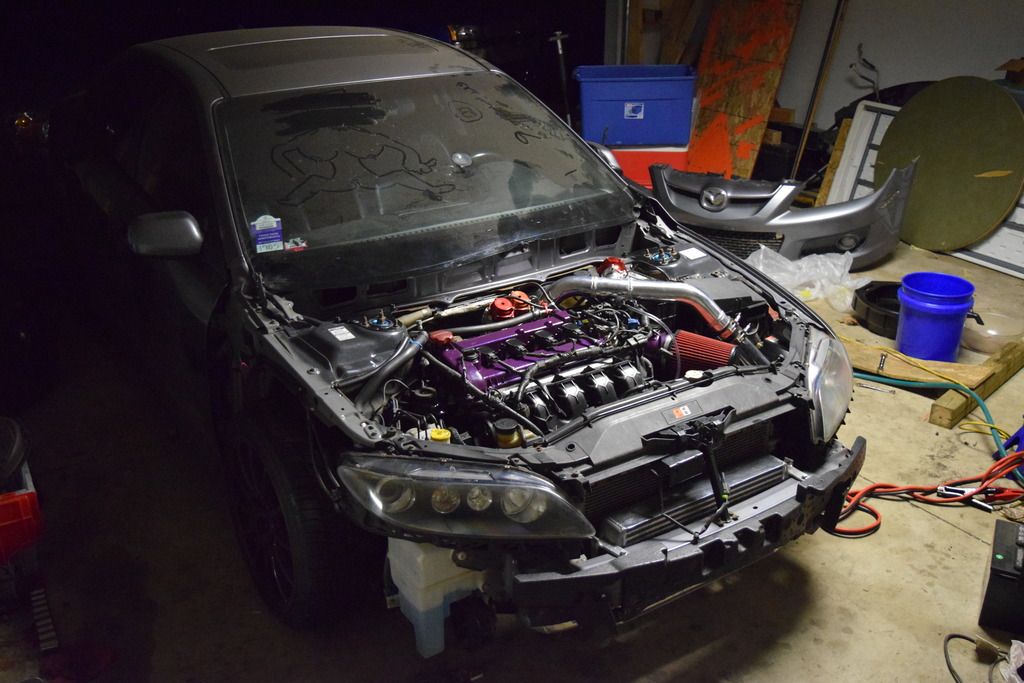
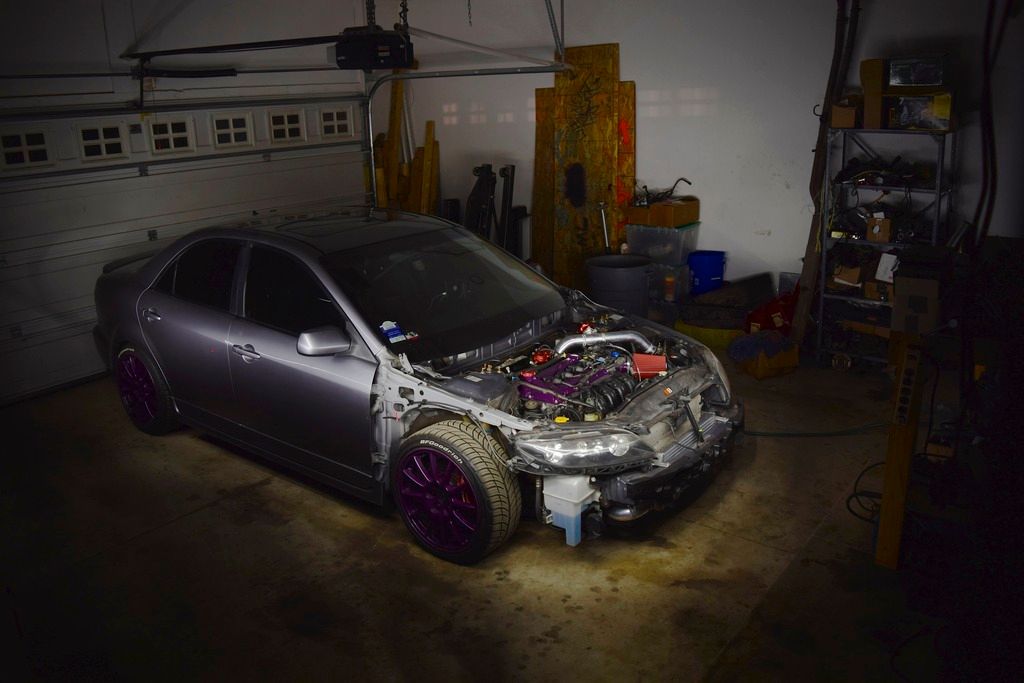
Is that hot pipe going to clear your hood?
I'm sure it'll be much, much higher, especially coming off of a factory-boosted platform. It would be nice though to pressure test them to see at which point they fail. I'd bet it's north of 30psi if they followed typical overengineering rules of thumb.Any one pressure tested a ST manifold? Just curious when the plastic let's go. I know the old SVT plastic manifolds would come apart at about 8 psi, but those weren't boosted from the factory
Sent from my SM-G900V using Tapatalk
I'm sure it'll be much, much higher, especially coming off of a factory-boosted platform. It would be nice though to pressure test them to see at which point they fail. I'd bet it's north of 30psi if they followed typical overengineering rules of thumb.
Any one pressure tested a ST manifold? Just curious when the plastic let's go. I know the old SVT plastic manifolds would come apart at about 8 psi, but those weren't boosted from the factory
Sent from my SM-G900V using Tapatalk
A long time ago SP63 put like 120psi+ into it on a bench, popping the air source off before the manifold failed.
I am currently putting about 32psi into it regularly. Last weekend the car decided it wanted a bit more and unhooked the WG line on me, so it saw way more than that and started popping couplers left and right before anything happened to the manifold. Unfortunately I failed to log, so I couldn't tell you how much boost it was.
Good to know. But what if I planned to run more than 120 PSI? Then this probably isnt for me then? Is that what you are saying? haha
ROTFLOL! In before MS6's running 100+psi and competing in sled pulling.Good to know. But what if I planned to run more than 120 PSI? Then this probably isnt for me then? Is that what you are saying? haha
